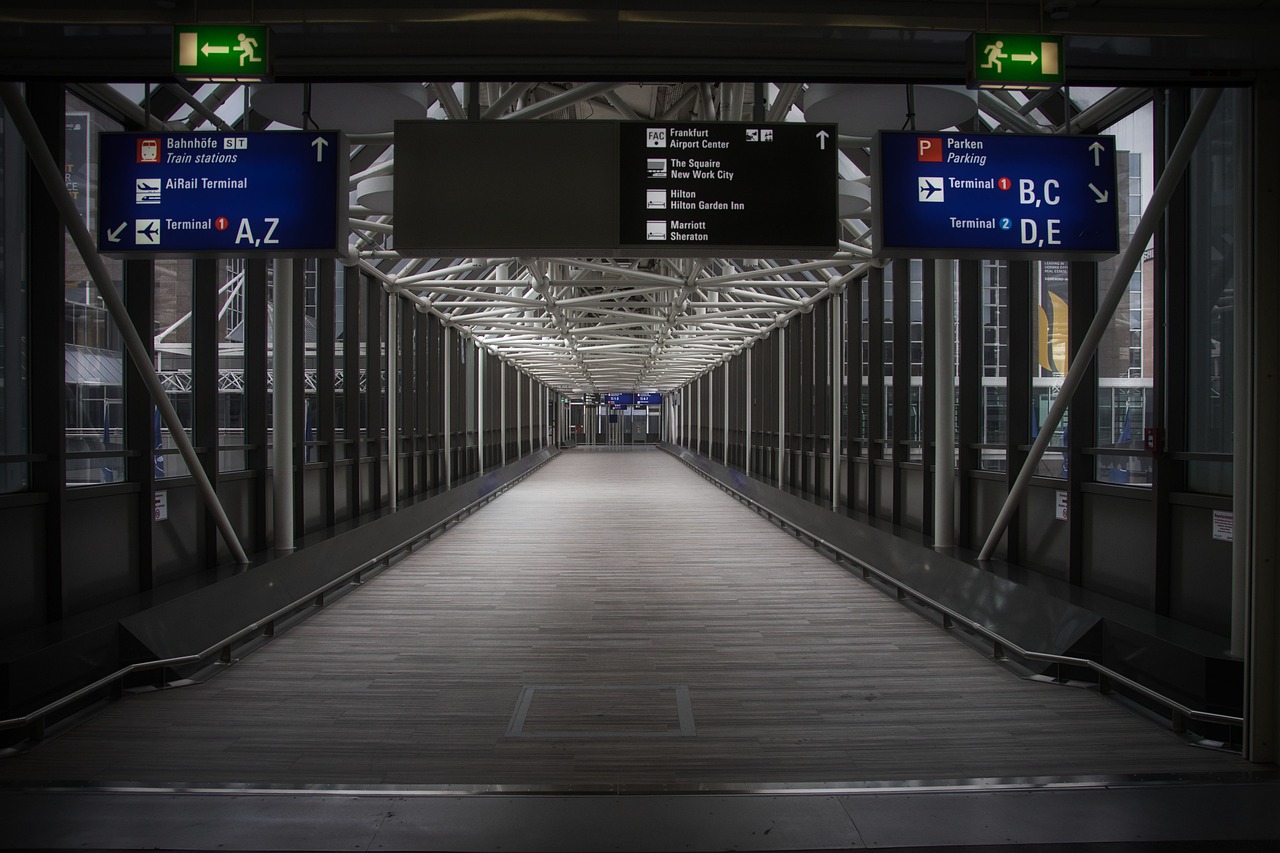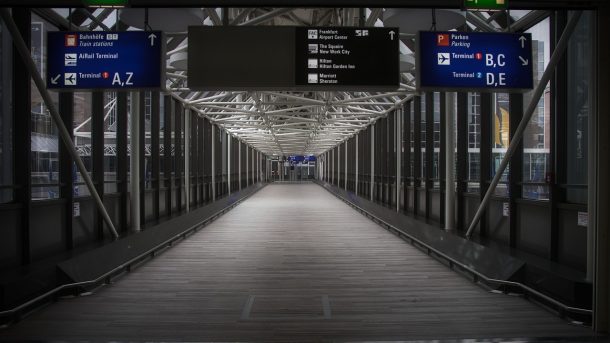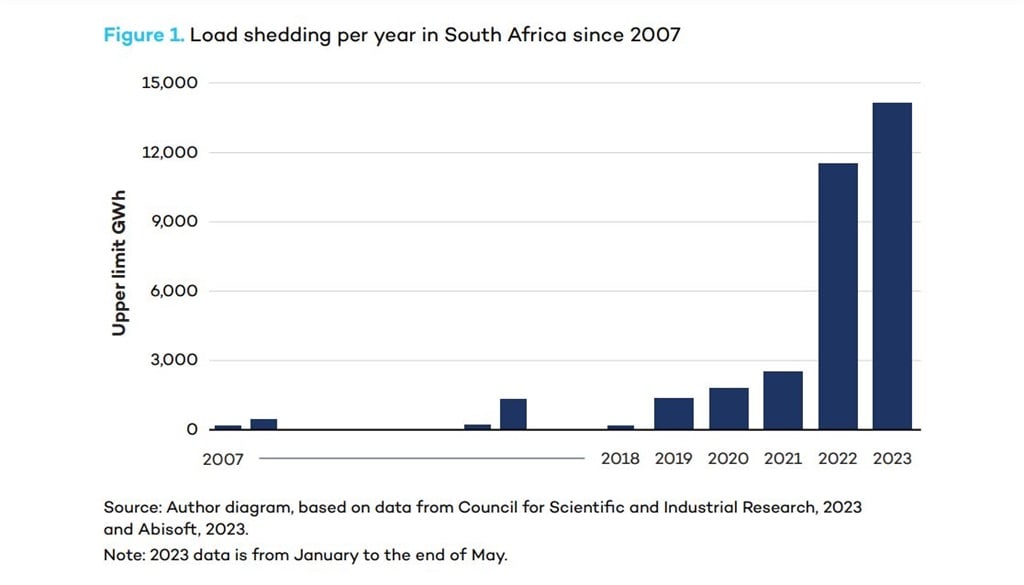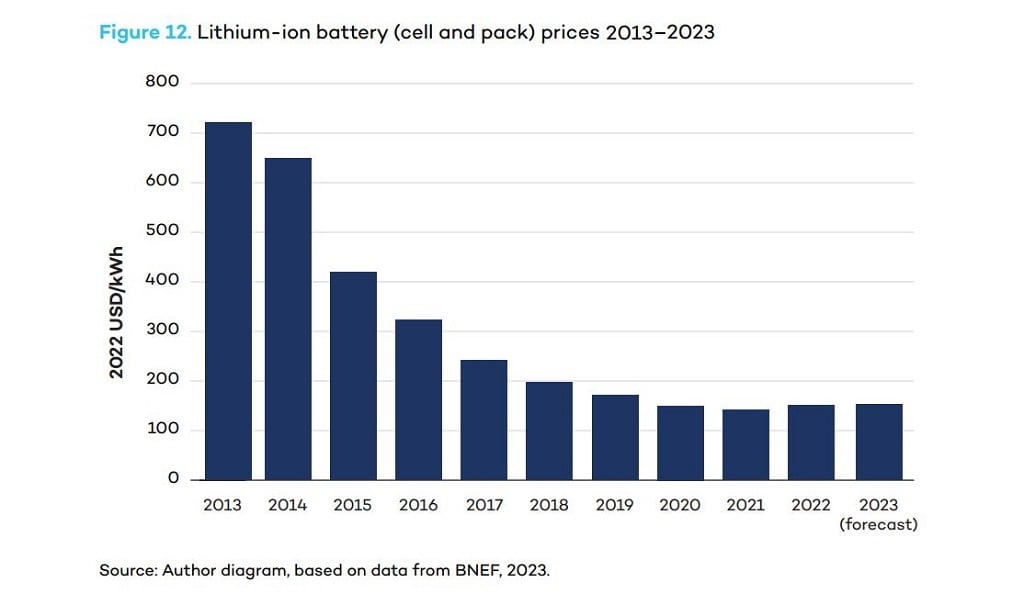
- SA should develop strategies for the deployment of energy storage, like batteries, to ease load shedding.
- A new report shows that batteries will also help optimise the use of limited grid capacity.
- An industry expert says that renewables coupled with battery storage are more cost-effective in the long term than gas alternatives.
- For climate change news and analysis, go to News24 Climate Future.
Batteries are an important solution for South Africa to reduce the intensity of load shedding while also making the most out of limited grid capacity, according to a new report.
The independent think tank, the International Institute for Sustainable Development (IISD), on Wednesday released its report, Watts in Store: Explainer on how energy storage can help South Africa’s electricity crisis (Part 1). The report considers the significant role storage solutions like batteries and pumped hydro can play in solving the ongoing energy crisis.
“With the current electricity crisis requiring fast and effective measures, grid batteries (located on the transmission or distribution network) can be an important part of the solution,” said Richard Halsey, policy advisor at IISD and the lead author of the report.
So far, the country’s load shedding – measured in gigawatt hours – in the first half of 2023 has already surpassed that of 2022. Generally, load shedding has been at record highs since it was first introduced in 2007.
But the IISD puts forward that energy storage solutions like batteries that consumers like businesses and households use, combined with solar PV, can play an important role in helping to reduce demand for Eskom’s electricity – thereby reducing load shedding.
But consumers must use batteries wisely. Charging them after a load shedding slot could spike up demand and potentially make power cuts worse. Eskom has also discouraged users from charging batteries and inverters straight after power cuts or during peak times as this could push up load shedding by at least one stage.
Halsey said it is important for consumers to also couple batteries with a generation solution like solar PV.
READ | Charging inverters during peak could push up demand by one stage of load shedding: Eskom
The report also indicated that storage solutions like pump hydro can help “smooth out” load shedding by reducing its severity – spreading it over more hours at lower stages. For example, instead of having no load shedding at night and then it jump up to Stage 5 in the morning when everyone wants it, pumped hydro could help support a situation where Stage 3 load shedding is implemented throughout the day, explained Halsey.
Energy storage also allows better use of existing energy infrastructure. For example, excess power produced by solar PV or wind can be stored and deployed at a time when it is needed again, as opposed to it being lost. It can also help supplement renewable energy supply during peak times to help meet demand.
Given South Africa’s limited grid capacity, storage can also optimise this limited infrastructure. Last year, 23 wind projects lost out on being awarded bids in round six of the renewable energy independent power producer procurement programme because of grid constraints in the Western and Eastern Cape.
“At a transmission level, this (energy storage) could allow you to squeeze out more from [existing] infrastructure while you build more,” said Halsey. In particular, storage could be a more cost-effective option for municipalities that may be financially constrained to expand their distribution networks, the report highlighted.
The report also points out that grid-connected batteries can be deployed more quickly than, say, rolling out pumped hydro projects and should be considered a “fast, effective” means to respond to the ongoing energy crisis.
READ | No more ‘first come, first served’ as Eskom issues new rules for grid access
In South Africa, a lot of consumers have opted for battery solutions, but grid-connected storage solutions have been lagging. For example, a 513MW battery storage public procurement programme which should have been online last year (according to the Integrated Resources Plan) has only recently been put out for tender, noted Halsey.
Furthermore, some of the utility-scale energy projects from the emergency procurement round launched in 2020, which include a storage solution, have not yet reached financial close.
But globally, trends show the deployment of grid batteries has increased, as the cost of lithium-ion has declined 80% since 2013, the report noted.
The report ultimately points to national and municipal strategies developed for storage.
This was backed by several industry players.
Paul Vermeulen, chief engineer of renewable energy at City Power Johannesburg, said that the city had conducted several studies which show the business case for batteries is strong.
For one, using batteries helps avoid exceeding Eskom’s demand limits – which often comes with penalties. Unfortunately, storage solutions are quite capital intensive, Vermeulen noted. However, over the long term, there are payoffs.
Vermeulen said that the City of Johannesburg had mapped out an energy mix. The exercise found that over a 20-year term, solar PV coupled with storage is cheaper than using gas generation.
While a gas plant could probably require an investment of R1.2 billion, solar PV with storage could cost R3.5 billion. “But over a long time, the [solar] PV plus storage is cheaper in terms of costs versus gas turbine where you’re continuously paying for fuel. Energy storage at the grid level is very definitely a positive thing,” said Vermeulen.
Vermeulen reckons that funding through the Just Energy Transition Investment Plan could help overcome financial barriers to deploying storage.
Lesego Moshikaro, economist at Trade & Industrial Policy Strategies, also noted that the potential to scale batteries hangs on more government support as well as external funding.
Moshikaro said that in countries which established battery industries – there were “billions of investments” directed to support these endeavours. “We’re not seeing that in SA,” she said.
Moshikaro suggested private investment would increase if the development of the battery industry is de-risked through public funding.
.





